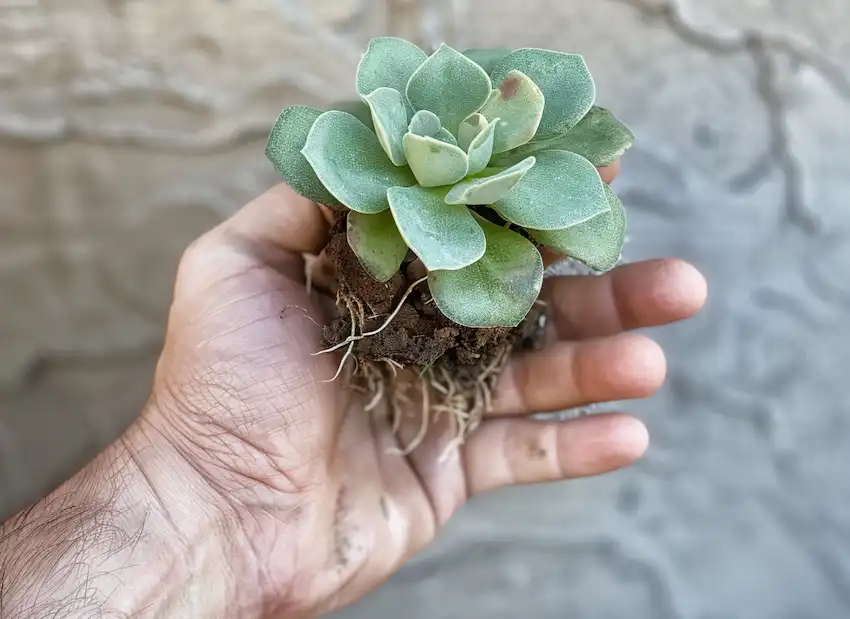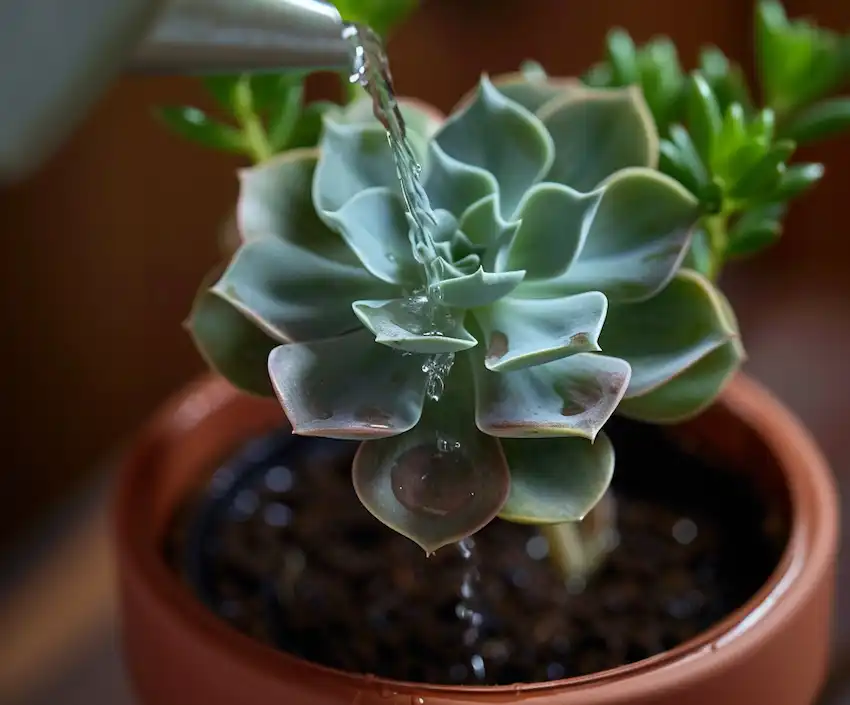How to Grow Plants from Leaves: A Beginner’s Guide to Leaf Propagation
Gardening is an enriching hobby that brings joy to many, and one of the most exciting aspects is propagating new plants from parts of existing ones. Among the various methods of propagation, growing plants from leaves is a fascinating process that can be both rewarding and economical. This guide will walk you through the steps of leaf propagation, from selecting suitable plants to caring for your new growths.
Understanding Leaf Propagation
Leaf propagation is a technique used to grow new plants from just a leaf or a piece of a leaf. This method is particularly effective for many types of succulents and houseplants. It’s a straightforward process that involves cutting a leaf from a mother plant and allowing it to root and form a new plant.
Selecting the Right Plants

Not all plants can be propagated from leaves. It’s essential to choose the right species for successful propagation. Some of the best candidates include:
- Succulents: Echeveria, Sedum, and Graptopetalum are excellent choices.
- Houseplants: African violets, Peperomia, and Sansevieria (snake plant) are known to propagate well from leaves.
Step 1: Cutting Leaves for Propagation
- Choose healthy leaves: Select mature, healthy leaves from the plant. Avoid any leaves that are discolored, damaged, or diseased.
- Make a clean cut: Use a sharp, sterilized knife or scissors to cut the leaf. For succulents, a gentle twist may be sufficient to detach the leaf.
Step 2: Callusing Over
Before planting, the cut end of the leaf needs to dry out and form a callus. This process helps prevent rot and encourages rooting.
- Let it dry: Place the leaves in a warm, dry area out of direct sunlight. Depending on the humidity and temperature, this can take a few days to a week.
Step 3: Rooting
Once the leaf has callused, it’s ready to root.
- Prepare the soil: Use a well-draining potting mix suitable for the plant you are propagating.
- Plant the leaf: Lay the leaf on top of the soil or insert the cut end slightly into the soil. For some plants, maintaining contact with the soil is crucial for root development.
- Water carefully: Keep the soil slightly moist but not waterlogged. Use a spray bottle to mist the soil gently, avoiding the leaf itself if possible.
Step 4: Waiting for Growth

Patience is key in this stage. It can take several weeks to a few months for roots to develop and new growth to appear.
- Provide adequate light: Ensure the propagating leaves receive bright, indirect sunlight.
- Maintain moisture: Keep the soil consistently moist but not soggy.
Step 5: Transplanting
Once the new plants have developed a robust root system and are growing well, it’s time to transplant them into their own pots.
- Prepare the new pot: Use a pot with drainage holes and fill it with the appropriate potting mix.
- Transplant carefully: Gently separate the new plant from the mother leaf, if still attached, and plant it in the new pot. Water it well.
Aftercare
Newly transplanted plants require careful attention to thrive.

- Watering: Keep the soil moist but not waterlogged. Overwatering is a common mistake that can lead to root rot.
- Light: Gradually acclimate your new plant to its permanent home, whether indoors or outdoors, to prevent shock from changes in lighting conditions.
Growing plants from leaves is a rewarding process that allows gardeners to expand their collection and share plants with friends and family. With patience and care, you can propagate a wide variety of plants using just a leaf. Happy gardening!



















